Winter often tricks gardeners into thinking their plants don’t need much care. While plants do slow down during colder months, they don’t stop needing water altogether. The challenge is striking the right balance—providing enough moisture to keep roots healthy without drowning them in soggy soil. Overwatering in winter can be just as harmful, if not more so, than underwatering.
This article walks you through everything you need to know about watering plants in winter—whether they’re indoor houseplants, outdoor perennials, or overwintering vegetables—so you can keep them alive and thriving until spring.
Why Watering in Winter Is Different
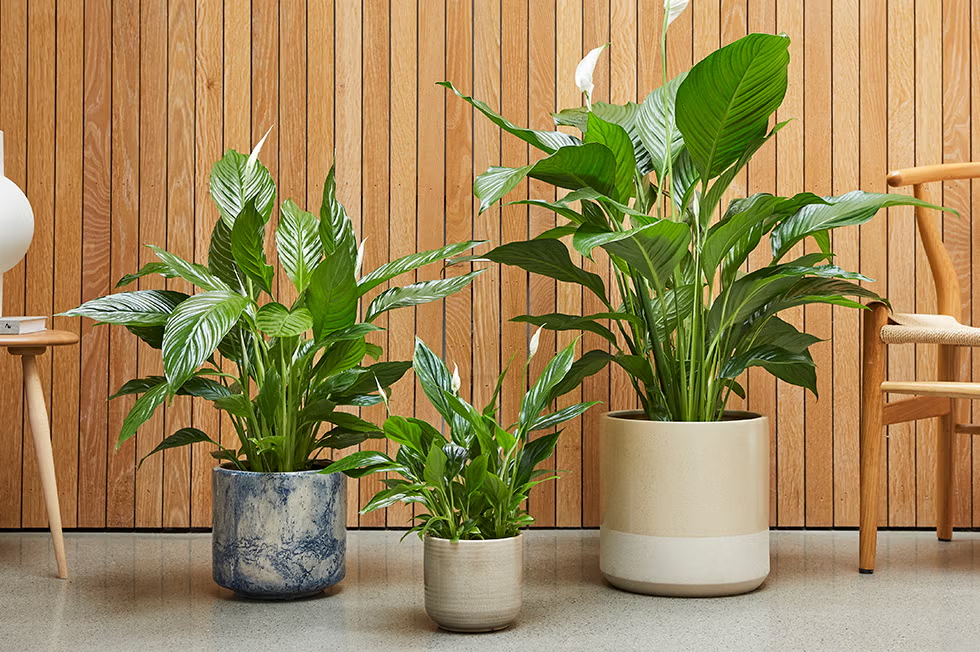
During summer, plants are actively growing and transpiring, which means they need more frequent watering. In winter, however:
- Growth slows down: Shorter days and colder temperatures reduce photosynthesis and water use.
- Evaporation decreases: Cooler air and lower sun intensity mean soil dries out more slowly.
- Dormancy kicks in: Many plants enter rest mode, using just enough moisture to sustain root health.
Because of these changes, watering schedules that work in summer can lead to overwatering in winter.
General Winter Watering Principles
- Check Soil Before Watering
Always feel the soil with your finger before watering. If the top inch (for houseplants) or 2–3 inches (for garden beds) is dry, it’s time to water. If it’s still damp, wait. - Water Less Frequently but More Thoroughly
Instead of frequent light sprinkles, water deeply and then let the soil dry to the right level before watering again. This prevents shallow root growth and reduces fungal issues. - Avoid Watering in the Evening Outdoors
Water earlier in the day so moisture has time to soak in before temperatures drop at night. Evening watering in winter can create ice around roots and stems. - Use Room-Temperature Water Indoors
Cold water can shock houseplants. Let tap water sit for a few hours before using it.
Watering Indoor Plants in Winter
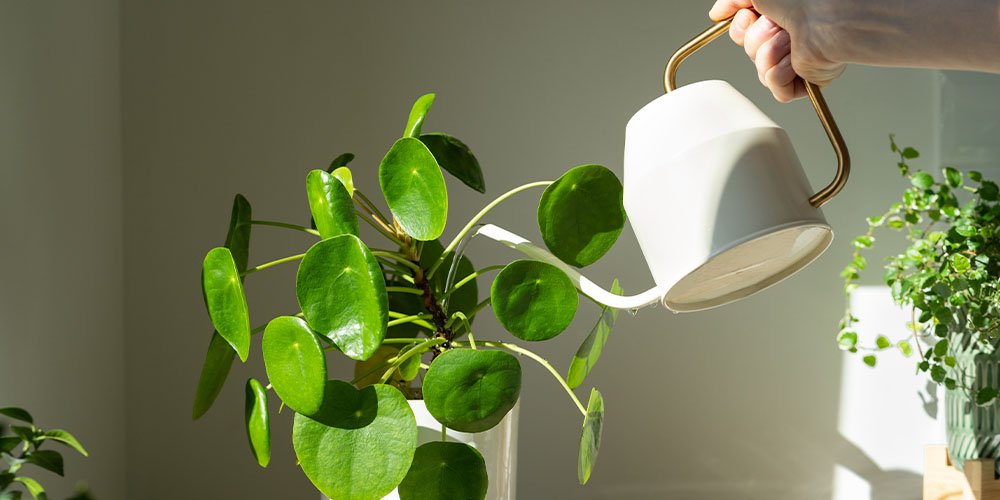
Indoor plants are especially vulnerable to overwatering because of lower light and slower growth.
- Reduce watering frequency: Many tropical houseplants only need water every 2–3 weeks in winter. Succulents and cacti may need even less.
- Check for drafts and heaters: Plants near radiators or vents dry out faster, so check their soil more often.
- Mind humidity: Dry indoor air from heating systems can stress plants. Instead of watering more, use a humidifier or place trays of water near plants to raise humidity levels.
- Drainage matters: Make sure pots have holes. Water should flow out the bottom, not collect at the roots.
Pro tip: Pick plants up—if a pot feels lighter than usual, it’s probably time to water.
Watering Outdoor Perennials, Trees, and Shrubs
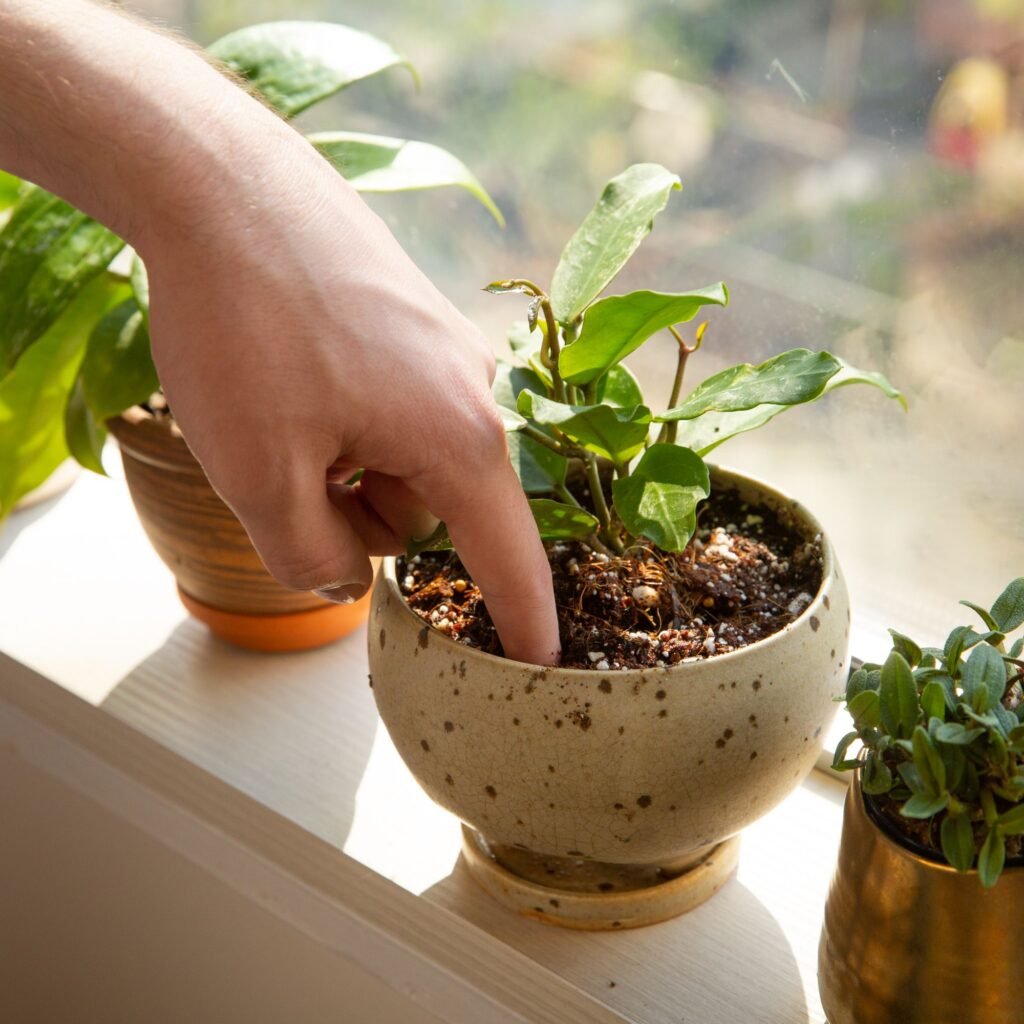
Perennials and woody plants need some moisture to get through winter, especially in areas with dry winters.
- Before the ground freezes: Water deeply in late fall to ensure soil is moist heading into winter. Dry roots are more susceptible to cold damage.
- During mild winter spells: If temperatures rise above freezing and the ground isn’t frozen, give perennials and shrubs a deep soak.
- Evergreens need extra care: Plants like pines, boxwoods, and hollies lose moisture through their needles and leaves all winter. A deep watering before frost arrives helps prevent winter burn.
- Mulch to lock in moisture: A 2–3 inch layer of mulch around perennials and shrubs slows evaporation and insulates roots.
Caution: Avoid piling mulch directly against plant stems to prevent rot.
Watering Raised Beds and Winter Vegetables
If you’re growing cold-hardy greens or overwintering garlic and onions in raised beds, watering strategies are different.
- Check soil under covers: If you’re using row covers or low tunnels, soil may dry out less quickly. Don’t assume rain or snow is reaching underneath.
- Water sparingly: Cold crops like spinach and kale need less water in winter, but soil should never dry out completely.
- Avoid frozen soil: Don’t water when soil is solidly frozen. The water won’t penetrate and may instead form ice, damaging roots.
Common Winter Watering Mistakes
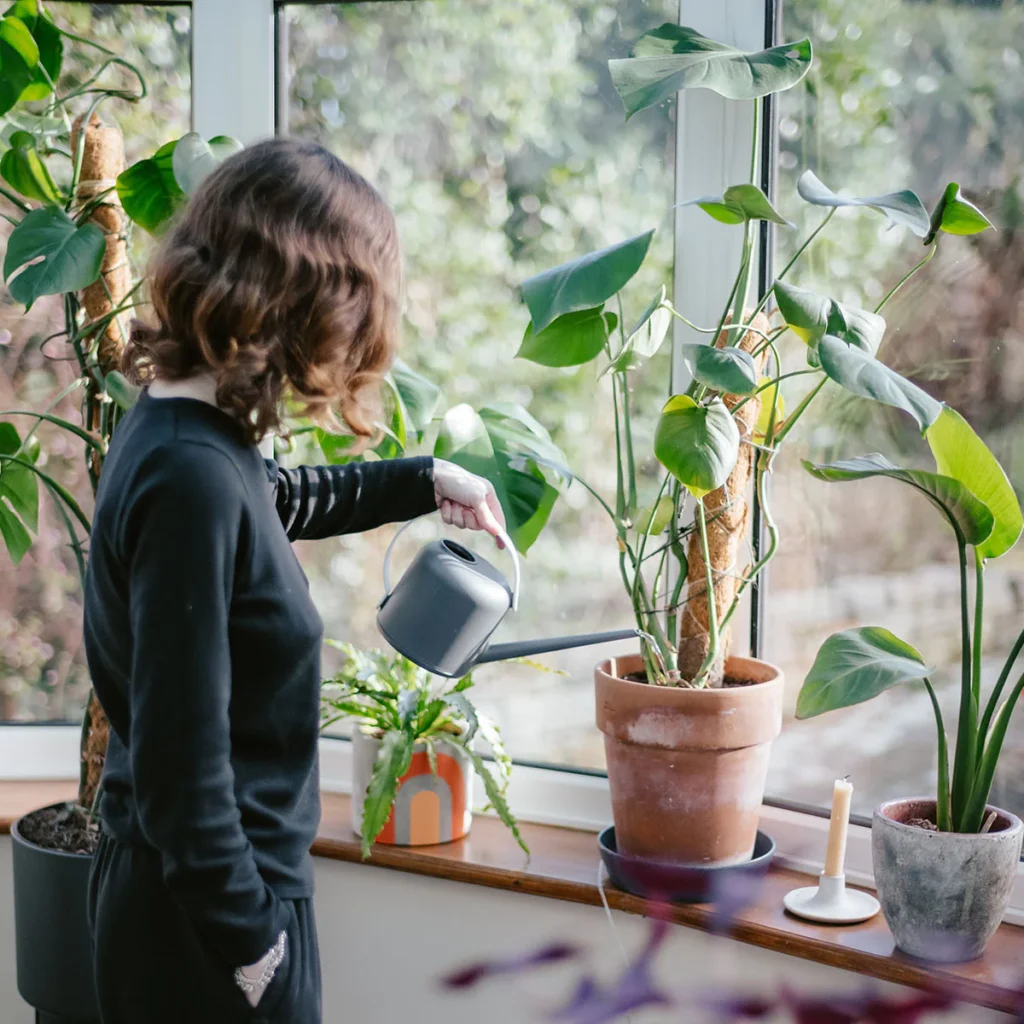
- Overwatering houseplants: The biggest mistake gardeners make in winter. More houseplants die from excess water than lack of it.
- Watering frozen ground: Pouring water on frozen soil risks ice damage and wasted effort.
- Ignoring drainage: Winter rain and snow can saturate garden beds. Ensure good drainage to prevent root rot.
- Using softened water indoors: Salt from water softeners builds up in soil and harms roots. Use filtered or tap water that has been allowed to sit out.
How to Tell If You’re Overwatering in Winter
Signs of too much water include:
- Yellowing or wilting leaves despite damp soil
- Mushy stems or roots (root rot)
- Fungus gnats around houseplants
- Mold or green algae growing on soil surface
If you spot these issues, cut back watering immediately, improve drainage, and repot if necessary.
Final Thoughts
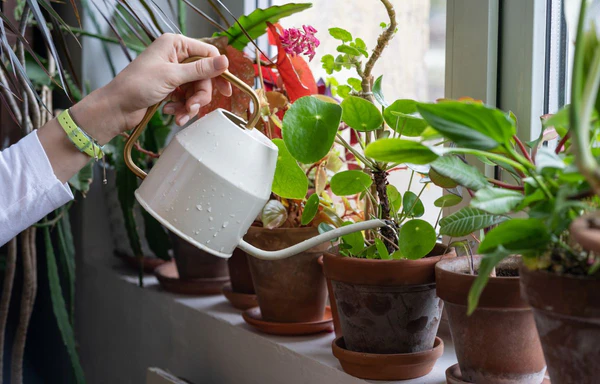
Watering plants in winter requires a gentle, mindful approach. Instead of sticking to a rigid schedule, pay attention to the soil, the plant’s needs, and the weather. Less is often more—your goal is to keep roots hydrated without drowning them.
Think of it this way: in winter, plants sip rather than gulp. By giving just the right amount of water at the right time, you’ll help your garden and houseplants glide through the cold season healthy and strong—ready to burst into life again when spring arrives.
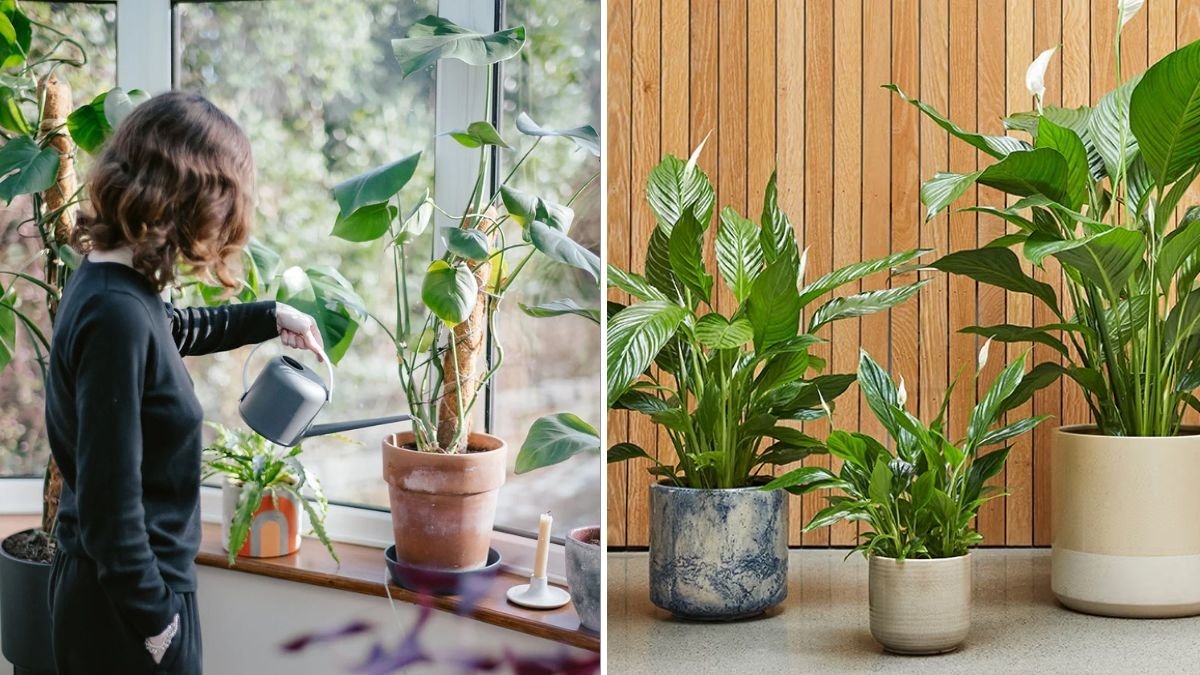
Leave A Comment